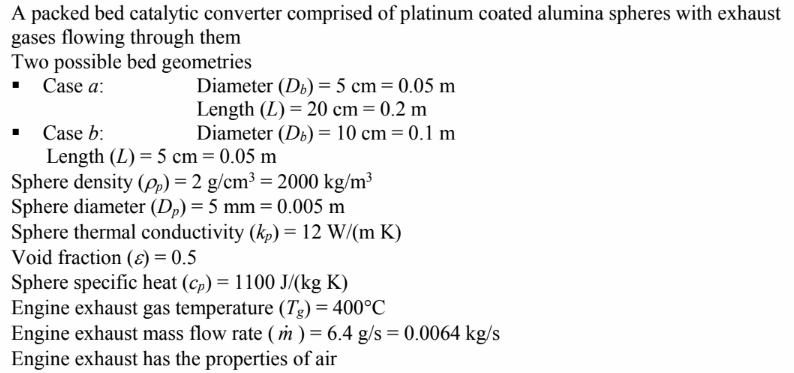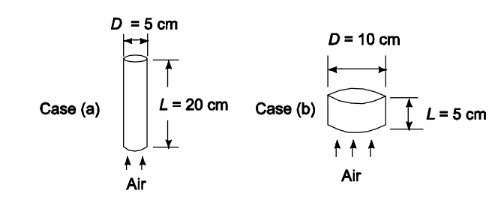Suppose that an object is moving with a constant velocity. Which statement concerning its acceleration must be correct?
A) The acceleration is a constant non-zero value. B) The acceleration is constantly increasing.
C) The acceleration is constantly decreasing. D) The acceleration is equal to zero.
D
You might also like to view...
The demonstration in this figure is often shown as a magician's trick. What in fact is the "trick?"
a. When the magician yanks the tablecloth rapidly, the inertia of the dishes prevents them from accelerating significantly during the short time the force of friction from the moving tablecloth acts. b. The magician uses magnets or some other external device to keep the dishware in place. c. The tablecloth has almost zero mass, or inertia. Hence, it is easy to pull away from the dishware. d. The mass of the tablecloth prevents it from accelerating rapidly enough to exert much force on the dishes. e. The dishes have much less inertia than the tablecloth.
Two identical metal bars are heated up until they are both glowing. One of them is "red hot" and the other is "blue hot." Which one is hotter, the one that glows red or the one that glows blue?
A) the red one B) the blue one C) We cannot tell without knowing more about the two bars.
A wire (length = 2.0 m, diameter = 1.0 mm) has a resistance of 0.45?. What is the resistivity of the material used to make the wire?
a. 5.6 × 10^?7 ? / m b. 1.2 × 10^?7 ? / m c. 1.8 × 10^?7 ? / m d. 2.3 × 10^?7 ? / m e. 7.1 × 10^?7 ? / m
An automotive catalytic convertor is a packed bed in which a platinum catalyst is coated on the surface of small alumina spheres. A metal container holds the catalyst pellets and allows engine exhaust gases to flow through the bed of pellets. The catalyst must be heated by the exhaust gases to 300°C before the catalyst helps combust unburned hydrocarbons in the gases. The time required to achieve this temperature is critical because unburned hydrocarbons emitted by the vehicle during a cold start comprise a large fraction of the total emissions from the vehicle during an emission test. A fixed volume of catalyst is required but the shape of the bed can be modified to increase the heat-up rate. Compare the heat-up time for a bed 5-cm-diameter and 20-cm-long with one 10 cm diameter and
5-cm-long. The catalyst pellets are spherical, 5-mm-diameter, have a density of 2 g/cm3, thermal conductivity of 12 W/(m K) and specific heat of 1100 J/(kg K). The packed-bed void fraction is 0.5. Exhaust gas from the engine is at a temperature of 400°C, a flow rate of 6.4 gm/s, and has the properties of air.
GIVEN

FIND
The heat-up time (t) for the pellet surface temperature (Tp) to reach 300°C
ASSUMPTIONS
The initial temperature of the bed (To) = 20°C
SKETCH
